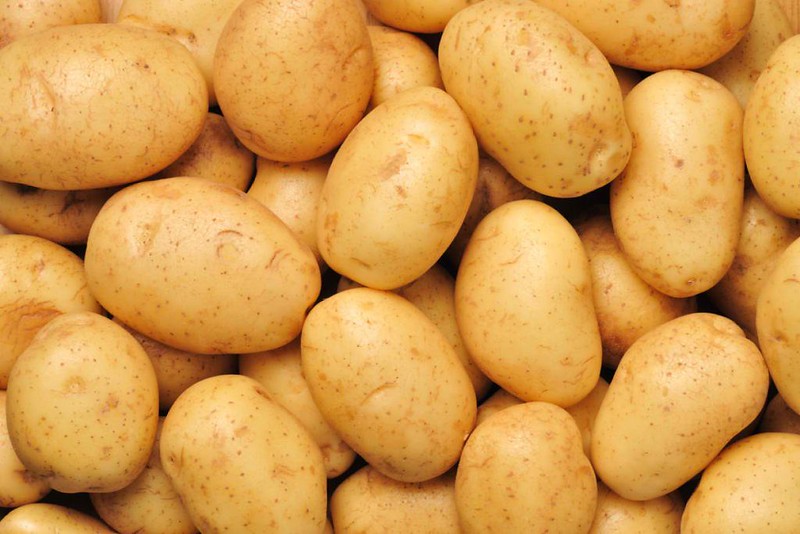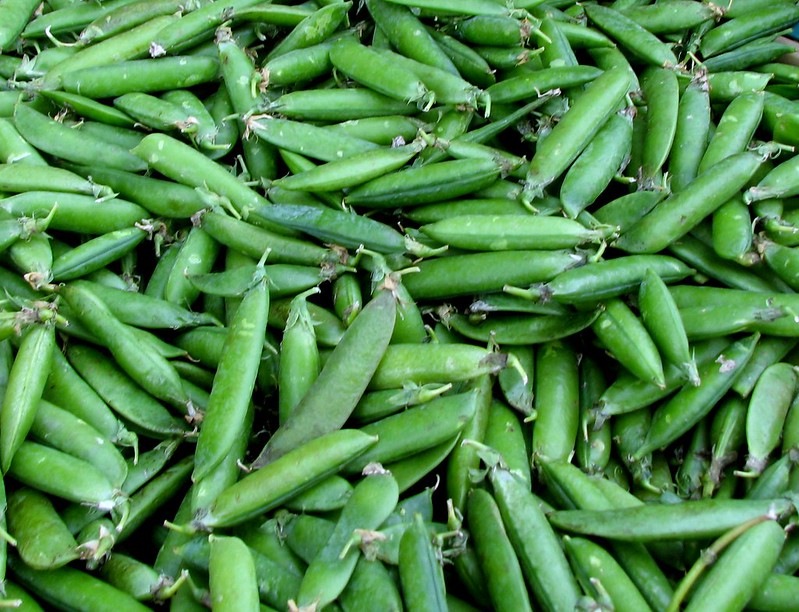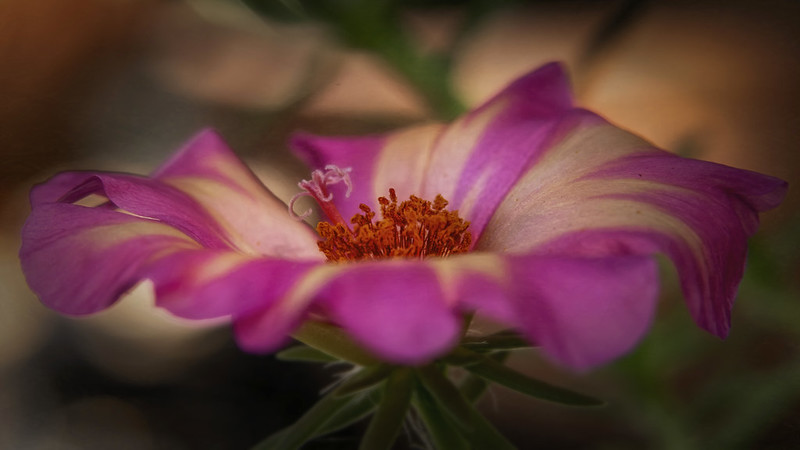The vegetable kingdom is vast, containing some of the healthiest foods we eat. There are actually over 7,000 different vegetables in existence, and they come from all around the globe. Some of them are common, while others are rare and exotic. Veggies That Start With P
As you can imagine, learning about all 7,000 vegetables at once is impossible. That’s why we have put together our vegetable series looking at different vegetables from around the world that start with different letters. In this article, we will be looking at the vegetables that start with the letter P.
There is an enormous variety of vegetables that start with the letter P, so we have a lot to talk about. Some vegetables we will discuss include peas, potatoes, pumpkins, Pak Choy, and parsnips.
If you’re a big foodie wanting to learn more about these vegetables or simply want to try something new, be sure to stick around.
Potato

The first vegetable on our list is the potato. One of the most recognized vegetables all over the world, potatoes are an excellent source of carbohydrates, protein, and calcium. Part of the Solanaceae family, most of us enjoy eating sweet potato, white potato, red potato, Yukon Gold, russet, and fingerling potatoes.
Amazingly there are over 200 different varieties of potato found around the world. Typically, this starchy tuber is round, varying in colors from yellow to purple.
Peas

One of the most well-known vegetables that starts with the letter P is peas. Peas are a legume that belongs to the Fabaceae family. Peas are a good source of protein, fiber, folate, iron, magnesium, and potassium. They also contain vitamins A and C. Most people boil peas, but they can be enjoyed raw too.
Pak Choy

The word Pak Choy is another name given to the vegetable bok choy. Bok choy is Chinese cabbage. Across Northern Europe, the Pak Choy is becoming increasingly popular due to its ability to survive in colder climates. Pak Choy has dark green glossy leaves and crisp white and green stalks. With a delightful crunch, this vegetable has a subtle cabbage flavor.
Pumpkin

Available in shapes and sizes pumpkin is a squash. Usually orange, yellow, green, and purple in color, the pumpkin isn’t that commonly used as food.
You will recognize the pumpkin from Halloween where people cut scary faces in the vegetable and leave it at their door. In terms of eating this vegetable, pumpkin varieties are normally used in desserts, breads, muffins, pies, and casseroles.
Parsnips

When you pull the parsnip out of the ground the first thing you will notice is how much it looks like a carrot. Pale white in color, the parsnip also tastes like a carrot. They have a sweeter taste than other vegetables, making them a popular vegetable of choice with those who have a sweet tooth. Personally, we like this root vegetable roasted with a honey glaze.
Related: U Is For Ube: Uber Veggies That Start With ‘U’
Parsley

You may be surprised by the next vegetable on our list as across the USA parsley is used as a herb to add some extra flavor to our food. However, the parsley plant can also be eaten as a vegetable.
Thriving in Mediterranean climates, parsley was first cultivated as a vegetable by the ancient Greeks and Romans. Originally used for medicinal purposes, the herb quickly became a garnish thanks to its nutrient-rich flavor.
Paul Robeson Tomato

Though the name Paul Robeson Tomato may confuse you, this type of tomato is simply a variety of heirloom tomato. Named after a US singer, Paul Robeson Tomatoes have a reddish-green exterior and a slightly flattened shape.
Growing to approximately 4 inches long, this variety of tomato has a sweet and smoky taste with a hint of tanginess. These flavors go beautifully in a fresh salad.
Peppers

Okay, so peppers may technically be classed as a fruit, but seen as though many of us use them as a vegetable it seems only right they take place on this list. The pepper family is a big one. In fact, there are over 4,000 different varieties.
Varying in shape and size, the pepper can be yellow, red, green, and even black. Usually, they have a sweet or spicy taste adding fresh flavors to a range of dishes. Frequently used in the culinary industry, peppers can be eaten raw or cooked.
Prussian Asparagus

The Prussian asparagus isn’t too unfamiliar from the widely available asparagus we eat on a weekly basis. The thick green shoots from the Prussian asparagus plant are eaten as a vegetable due to their great health benefits.
This type of asparagus contains 67% of our daily vitamin B9. Vitamin B9 helps our body produce healthy blood cells. Going nicely alongside your favorite meats, the Prussian asparagus has a nutty, spicy, and earthy flavor.
Related: https://naturallist1.wpengine.com/veggies-that-start-with-r/
Pink Bean

One quick look at this bean, and you will know exactly where it got its name from. This type of bean is unsurprisingly bright pink in color. Known as pinquito in Spanish, which means small and pink, the pink bean is a type of legume.
Small oval-shaped beans with a pale pink color sit inside pods. Adding a sweet taste to our food, these beans are used throughout the world in stews, chili con carne, and soups.
Pink Purslane

If you want to make a wonderfully colorful salad, adding some pink purslane will do the trick. Native to Siberia and North America, pink purslane is a summer annual plant that reaches 8 inches tall.
The bright pink 5-petaled flowers and green leaves on the pink purslane plant are eaten for their delicate natural flavors and vibrant color. The taste is often compared to the earthy flavor of the beetroot.
Pinto Beans

Usually made into refried beans, the pinto bean is a common sight across the United States, especially in the southwest. A staple Mexican food, the pinto bean is a speckled variety of the common bean. It is well known for its soft creamy texture and mild flavors. Cooking your pinto beans with some Mexican flavors is sure to please your party guests at your next gathering.
Pokeweed

The next vegetable on our list that starts with P is an interesting one for two reasons. Number one, it is poisonous to eat. Number two, people still choose to eat it. Pokeweed is a native plant that grows in undisturbed fields.
Every part of the plant is hazardous to people and livestock. Potential side effects of eating this plant can be nausea, diarrhea, stomach pains, and vomiting.
Despite this, many people choose to eat pokeweed in salads. Though we definitely advise you not to do this, people have said that the vegetable has a taste similar to that of spinach.
Potato Onion
Don’t worry, the potato onion isn’t a bizarre combination of the potato and the onion. The potato onion is in fact, an onion-like any other. The only difference between this onion and your regular onions is that it grows in irregularly shaped bulbs.
Used in a wide range of cooking, similar to that of a normal onion, the potato onion is known for having a slightly weaker taste than other onions, with a hint of garlic.
Prairie Turnip

Grown all over the United States, the prairie turnip actually has two names, and conveniently they both start with P. Also known as pomme blanche, this root vegetable is commonly grown in wooded areas.
The prairie turnip has a starchy, tuberous root that can add inoffensive flavors to a meal. With a similar taste to that of the potato, this turnip was a big hit with early European settlers as it was easy to grow and versatile. Today many Americans still eat the prairie turnip roasted with other vegetables.
Pursley
Trying not to get confused between pursley and parsley can be difficult. Pursley may look like parsley and sound like parsley, but it isn’t parsley if that makes sense.
Pursley is a type of purslane plant commonly found across the United States. The plant is regularly eaten as a leaf vegetable. You can expect a slightly salty, sour taste from this vegetable.
Purple Asparagus

For the next vegetable on the list, picture the asparagus but dyed a deep violet color. If you want to add a more unique color to your food, trying the purple asparagus could be the vegetable for you.
Besides, it’s a lot more exciting than the standard green asparagus. Like the green asparagus, the purple asparagus has a nutty and sweet flavor that goes nicely when served up with a juicy steak.
Pearl Onion

The final vegetable on our list that starts with the letter P is the pearl onion. Though this vegetable is part of the onion family it is actually also a close relative of the leek. Also referred to as baby onions or creamers, they are round like the more classic onion but a lot smaller.
Ranging from one inch to approximately one and a half inches in size, these onions have a sweet and mildly pungent taste and a wonderfully crunchy taste when roasted or pickled.
Final Thoughts
That concludes our list of vegetables that start with the letter P. As you can see, there is a wide range of unique vegetables on offer that vary massively in taste. While you have probably heard of most of the vegetables we have discussed, there are many you may never have heard of.
Some vegetables like peas and potatoes are very easy to get hold of making them an excellent versatile vegetable to keep in your kitchen.
Other vegetables like pink purslane and purple asparagus may be a little harder to get hold of. However, now you have our list at your disposal at least you can start contemplating which new vegetables you want to try.
Now you have a better idea of what vegetables there are that start with the letter P, why not take some time to find some new recipes to try with the vegetables from our list.
As long as you don’t attempt to eat any pokeweed, your taste buds will be welcoming of the new flavors.







